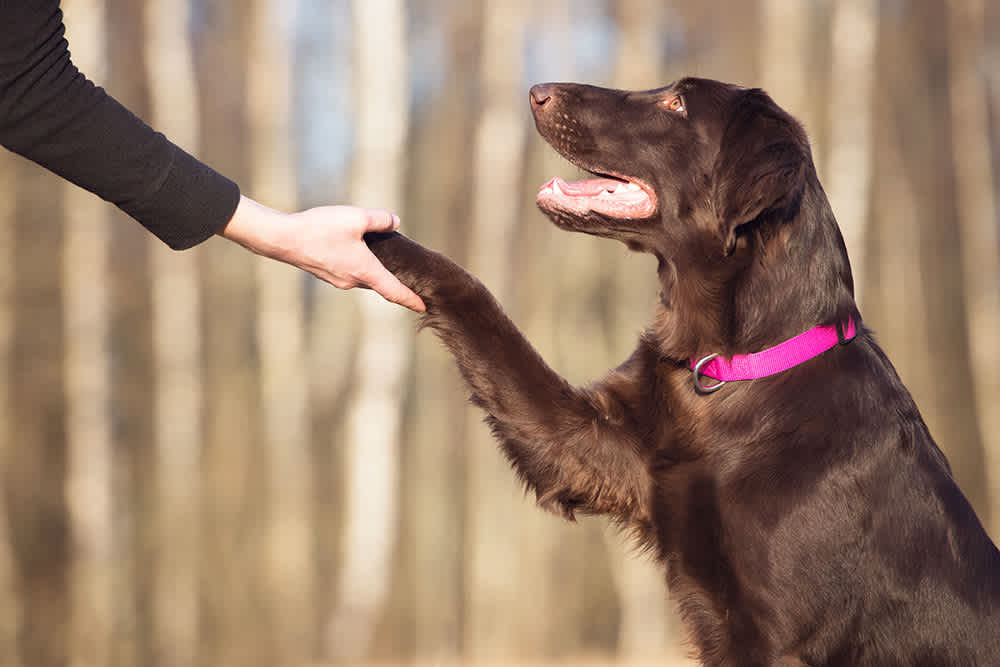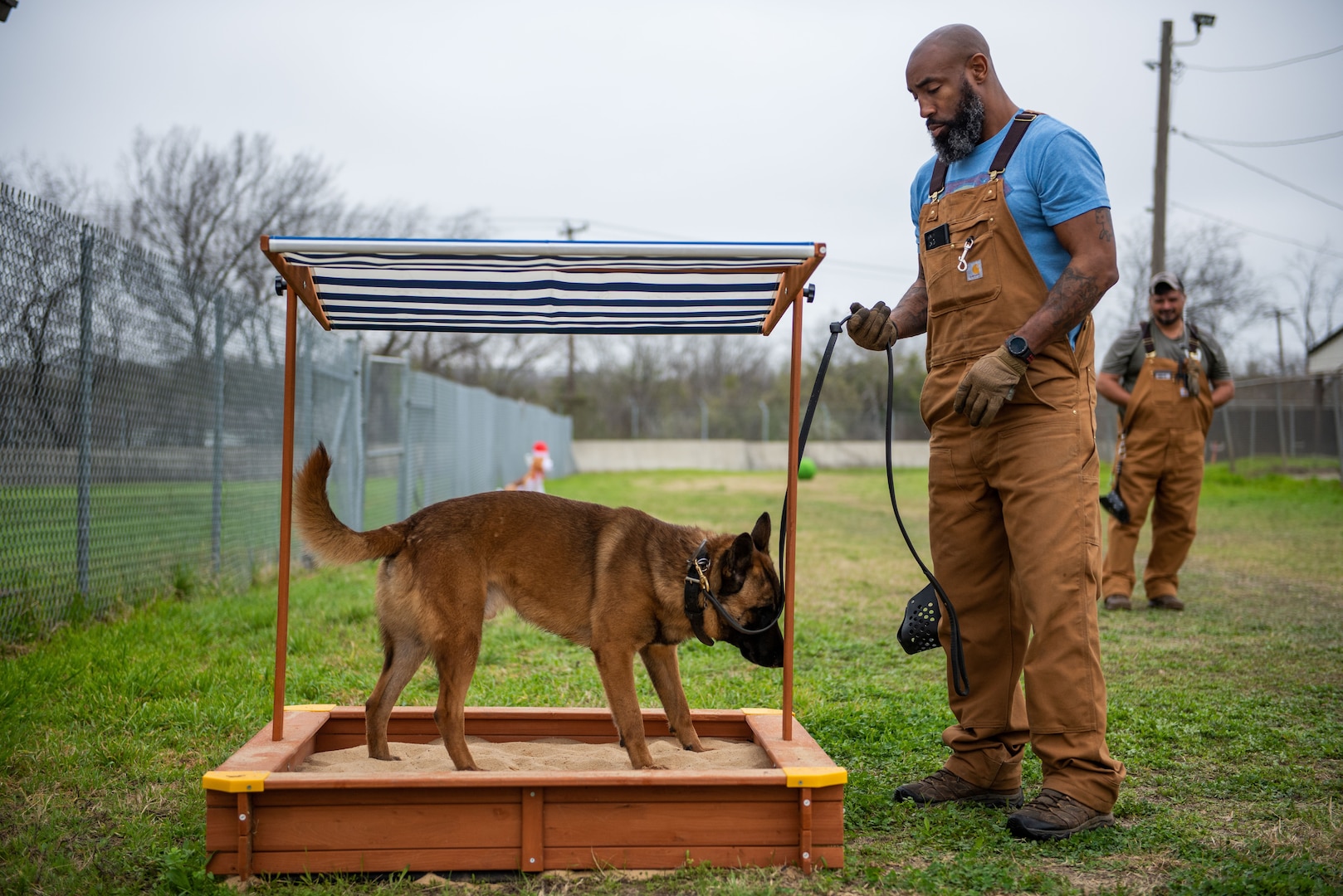Top Canine Educating Tips for a Mannerly Companion
Educating your canine to be a mannerly buddy calls for a nuanced understanding of canine actions and the implementation of effective methods. Vital commands such as "Sit," "Keep," and "Come" offer as the structure forever manners, while favorable support strategies can substantially enhance knowing. Furthermore, establishing a constant routine and prioritizing very early socialization are important components that add to a harmonious connection. Nonetheless, the trip to a genteel pet entails greater than just these basics; it demands a deeper expedition of techniques that can transform your training approach.
Understanding Dog Actions
Understanding canine habits is vital for reliable dog training and promoting a harmonious partnership between canines and their proprietors. Pets are complex animals, showing a vast array of actions influenced by genes, environment, and socialization. Acknowledging the underlying inspirations for a pet's activities-- such as anxiety, excitement, or territorial impulses-- can dramatically enhance training effectiveness.
Social communications with other dogs and human beings play a vital function in shaping habits. Dogs that experience favorable socializing are typically more versatile and courteous.

Essential Educating Commands
Mastering vital training commands is crucial for establishing efficient interaction in between pets and their owners. These commands work as the foundation for a mannerly pet and can significantly improve the total partnership in between pet and owner.
Secret commands consist of "Sit," "Keep," "Come," "Down," and "Heel." The command "Sit" is often the very first instructed, as it motivates peace and emphasis. "Stay" reinforces a canine's capability to stay in one setting, promoting self-discipline. "Come" is crucial for safety and security, ensuring that your canine returns to you when called. "Down" instructs your canine to rest, which can help in managing excited behavior. Dog training near me. Lastly, "Heel" instructs your pet dog to stroll together with you, promoting much better leash manners.
Uniformity and clearness in command delivery are necessary. Each command should be coupled with a details hand signal or gesture to reinforce understanding. Exercising these commands in numerous environments helps canines generalize their training and react properly, despite disturbances. By investing time in educating these important commands, owners can grow a harmonious and considerate relationship with their canine friends, boosting both security and enjoyment in daily interactions.
Positive Support Techniques
Favorable reinforcement methods are essential methods in pet training that concentrate on satisfying wanted behaviors to motivate their reappearance. This approach leverages the natural discovering procedures of dogs, enabling them to connect details activities with positive outcomes. By using treats, appreciation, or play as incentives, trainers can effectively inspire pet dogs to duplicate the actions they wish to reinforce.
To execute positive reinforcement, it linked here is vital to supply incentives instantly after the desired behavior happens. This assists the pet dog make a clear connection between their action and the benefit. Consistency is likewise important; rewards must be provided whenever the preferred habits is displayed during the initial training phase, gradually transitioning to a variable schedule as the habits ends up being a lot more trustworthy.
Additionally, choosing the right kind of benefit is vital. While treats are often reliable, some canines might respond better to spoken praise or interactive play. Recognizing your pet dog's choices can enhance the training experience. Inevitably, favorable reinforcement cultivates a trusting partnership in between the pet dog and owner, making training a much more pleasurable and reliable process that constructs a well-behaved friend.

Socialization Methods
Reliable socializing strategies are important for a pet's development, as they assist develop a well-shaped and confident companion. Early exposure to various environments, people, and other pets is vital to prevent behavioral issues in adulthood. Begin this process during the crucial socialization period, which typically occurs between three and fourteen weeks old.
Present your Check Out Your URL pup to varied stimulations, such as different surfaces, seems, and scents. Regulated experiences with various other canines and friendly humans can foster favorable organizations. Young puppy courses are an outstanding source, providing structured environments for social communication and learning standard commands.
Progressively boost the intricacy of socializing experiences. Take your canine to parks, pet-friendly stores, and public occasions, making certain each experience is positive. Observe your dog's responses and eliminate them from overwhelming situations to avoid fear-based feedbacks.
Make use of positive support to award tranquil and certain habits throughout social communications. Bear in mind, persistence is vital; each pet dog has its very own speed for readjusting to new experiences.
Uniformity and Routine
Developing uniformity and routine in canine training is essential for fostering a sense of protection and understanding in your family pet. Pets thrive on predictability; understanding what to anticipate assists them really feel secure and reduces stress and anxiety.
Including an organized routine right into your training sessions likewise boosts your pet dog's knowing experience - Dog training near me. Arrange everyday training sessions at the exact same time every day, making certain that both you and your canine are psychologically prepared. Short, regular training sessions are a lot more efficient than long, occasional ones; purpose for 5 to 10 mins of concentrated training numerous times a day
Furthermore, consistency ought to prolong beyond formal training sessions. Incorporate training right into day-to-day tasks-- compensate your pet dog for resting prior to meals or walking steadly on a leash. This reinforces learned behaviors and creates a natural training setting. On the whole, a regular strategy, coupled with a structured routine, lays the structure for a mannerly buddy, promoting an unified partnership in between you and your check my site pet.
Conclusion
Finally, efficient dog training relies upon understanding canine actions and applying necessary commands such as "Sit," "Stay," and "Come." Positive support methods serve to motivate desired habits, while early socializing prepares dogs for varied settings. Establishing uniformity and a routine fosters predictability, which adds to a well-behaved friend. By emphasizing these vital elements, the bond in between proprietor and canine reinforces, inevitably resulting in an unified and fulfilling connection.